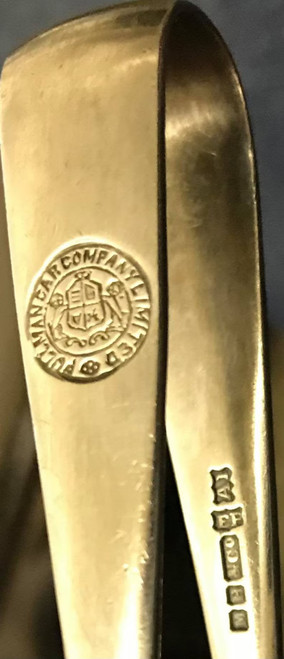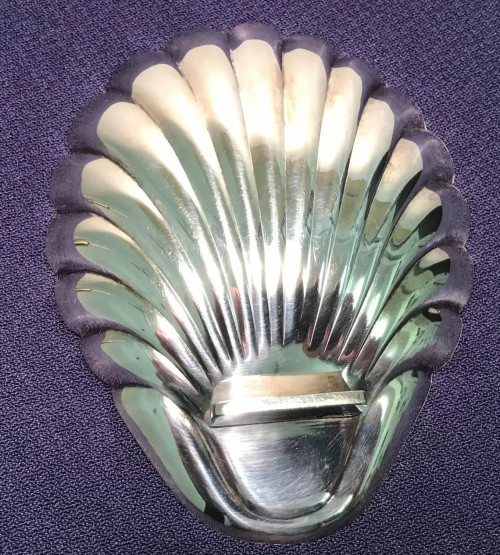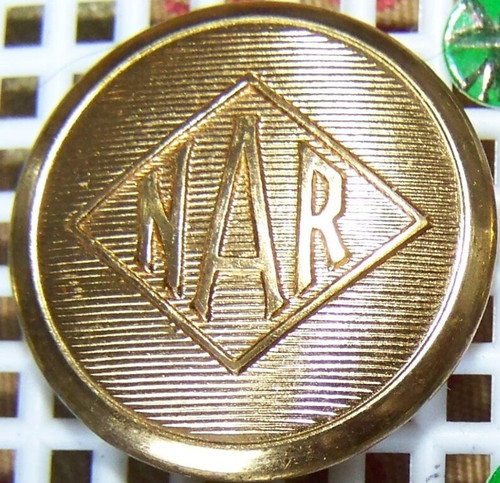Vintage silver plated fork from Station Hotel Newcastle of the London North Eastern RAILWAY in Britain.
Measures 7 3/4" long.
Could use some more polishing. Has some scratches, wear as shown.
Be sure to check out our other railway items, including a large selection of railway buttons!
From the 1930's.
The Station Hotel was a historic hotel located adjacent to Kings Cross Station in London, England. It was a prominent feature of the railway station's architecture and served as a luxurious accommodation for travelers arriving or departing from Kings Cross.
The original Station Hotel was constructed in the mid-19th century and opened in 1854. It was designed by architect Lewis Cubitt, who was also responsible for the design of Kings Cross Station. The hotel was owned and operated by the Great Northern Railway (GNR) company, which later became part of the London and North Eastern Railway (LNER) in 1923.
The Station Hotel underwent several renovations and expansions over the years, and by the early 20th century, it had become one of London's most prestigious hotels. It was known for its grand Victorian architecture, luxurious furnishings, and top-notch amenities. Many notable guests, including members of royalty, dignitaries, and celebrities, stayed at the hotel during its heyday.
However, like many historic buildings in London, the Station Hotel suffered damage during World War II due to bombing raids. After the war, the hotel's condition deteriorated, and it faced challenges in maintaining its former glory. The decision to close and demolish the hotel was made in the 1970s, and it was eventually demolished in 2008.
In its place, the Granary Square development was built, which includes offices, retail spaces, restaurants, and public spaces. Today, the area around Kings Cross Station has been extensively redeveloped and transformed into a vibrant and modern part of London.
Although the original Station Hotel is no longer standing, its legacy as a significant landmark in the history of Kings Cross and the LNER railway era lives on in historical records and photographs.










